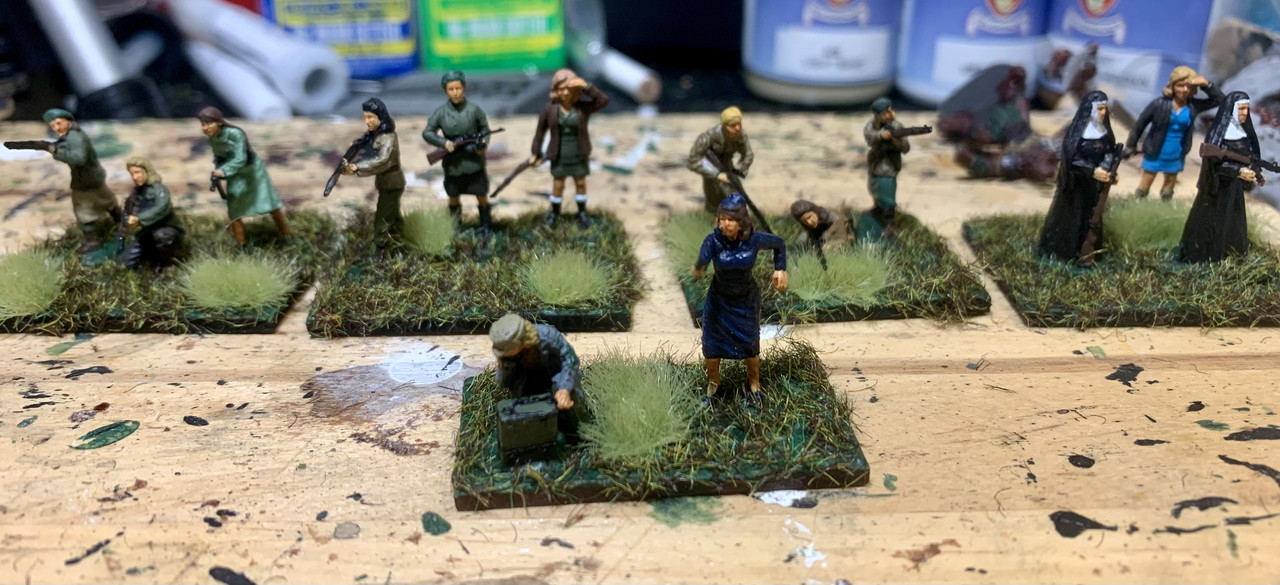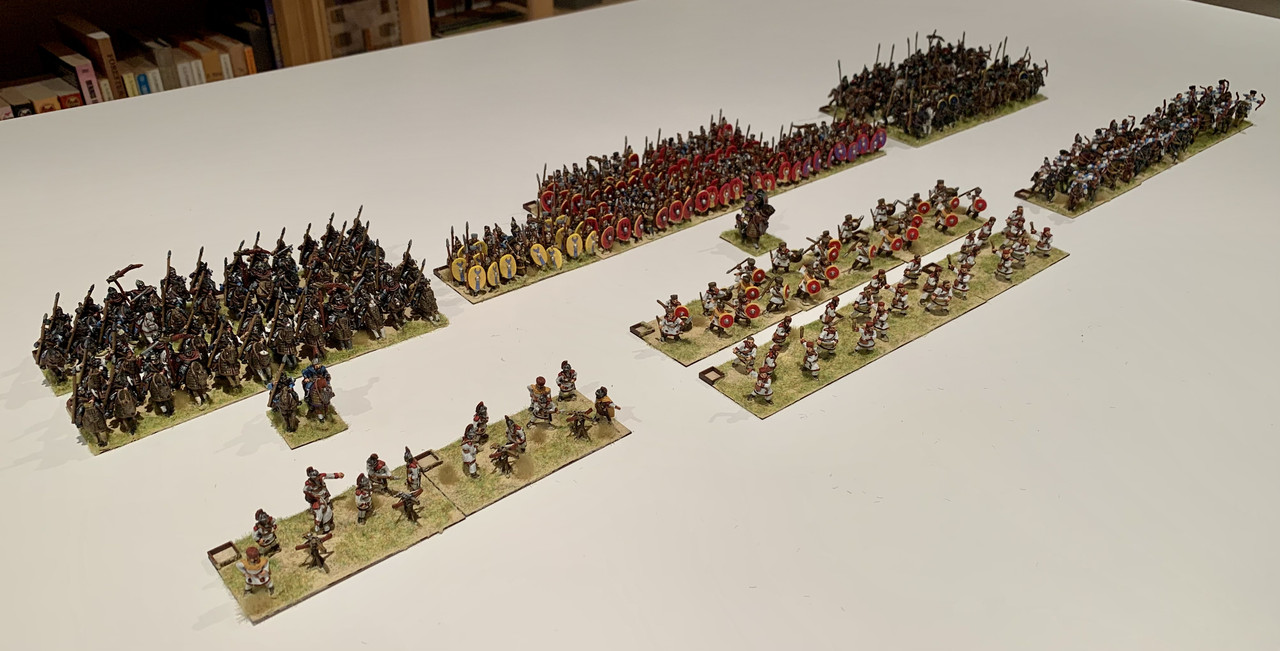Rather like Bernard Cornwell discovering a Sunday afternoon in Richard Sharpe’s life he has not accounted for, and turning it into two novels and a short story, we launch ourselves into the further north German adventures of Generals Lebasque and von Wreckedoffen with a Sharp Practice doubleheader.
When camping here in Ontario, the biggest risks to a good night’s sleep are the local wildlife checking to see if you have left any of your food unsecured, or the kids at the next pitch over deciding to stay up all night partying. For Lebasque’s scouting force, fresh from their success at Dreibrücke, their sleep is interrupted by those most unexpected of visitors, Prussians seeking revenge.
Having foolishly camped by the sole bridge over an unfordable stream, the French line of retreat is constrained. Their only hope is that the Prussians are spotted before they get too close to the sleeping grognards.


